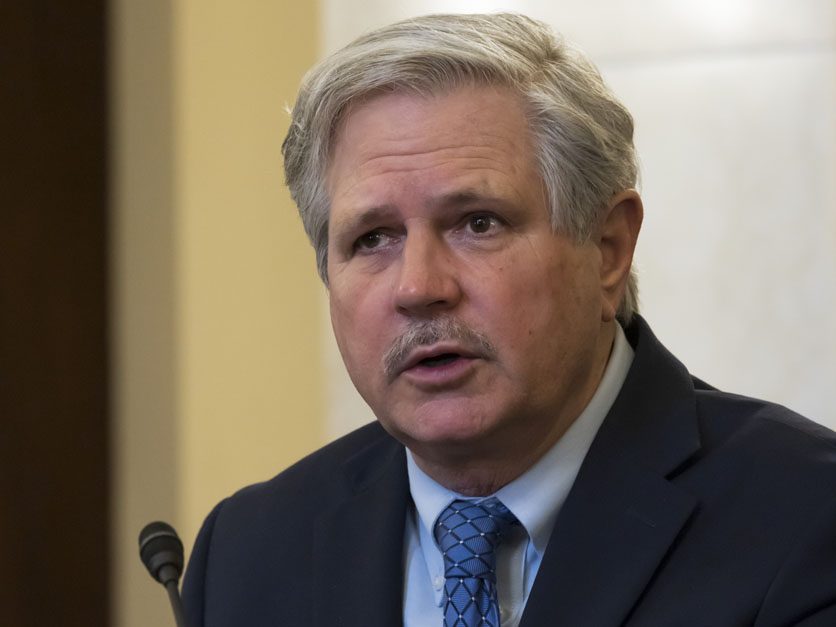Key Takeaways
- President Trump aims to utilize tariff revenue under Section 32 to support farmers facing trade war impacts.
- Congress must lift restrictions on funding, as the current cap of $350 million is insufficient for the projected $20 billion needed.
- Senators emphasize urgent action to provide farmers with financial certainty as they engage with lenders.
Efforts to Support Farmers Amid Trade Wars
President Donald Trump’s administration is seeking to leverage tariff revenue to aid farmers affected by ongoing trade wars, specifically through a Depression-era law known as “Section 32.” Historically, this law has been used for nutrition assistance but also allows financial support to restore farmers’ purchasing power.
The current challenge lies in the appropriations imposed by Congress, which caps direct payments to farmers at $350 million since fiscal year 2018. Experts estimate that at least $20 billion may be required for a comprehensive farm bailout, a figure that exceeds the existing cap significantly. John Hoeven, chairman of the Senate Agriculture Appropriations Subcommittee, is working on modifying the USDA’s spending authority to facilitate this support but has not provided specific details.
In 2018, Congress eased restrictions on the USDA’s Commodity Credit Corporation (CCC) to compensate farmers during the trade conflict with China; Hoeven is advocating for similar adjustments to Section 32 now. He emphasized the importance of acting promptly to ensure that support can be deployed effectively as the president and Secretary of Agriculture prepare to move forward. He showcased the urgency of countering China’s recent actions, which include reducing imports of U.S. agricultural products.
Senate Agriculture Committee member John Boozman stressed the necessity of swift Congressional action within the upcoming weeks, underlining that farmers require financial certainty, particularly with lender engagements underway.
Adding to the complexity, the USDA primarily earmarks tariff revenue for its Food and Nutrition Service, which may complicate fund transfer capabilities intended for farm support. According to Congressional Research Service estimates, approximately $1.76 billion will be available for reserved spending in fiscal 2026, in stark contrast to the $23 billion allocated for nutrition programs. Legal constraints prevent the USDA from re-allocating these funds between accounts.
Another potential avenue for farmer payments arises from CCC’s Section 5 authority. However, the CCC faces its own limitations. Current estimates on available funds are uncertain, but it is believed to hold only a few billion dollars. Although Congress is expected to replenish the CCC account soon, existing laws restrict borrowing above $30 billion. The context is further complicated by anticipated significant payments to farmers in the fall of 2026, which could exceed initial estimates if market conditions worsen.
The challenges underscore that both the administration and Congress will play crucial roles in determining the scope and scale of any financial support package. Experts, including economist Bart Fischer from Texas A&M University, believe that there are several options available for Congress to assist the farm economy, either through enhancing the CCC or modifying Section 32. Fischer acknowledged the potential for USDA attorneys to find alternative legislative avenues but reiterated that Congressional input will remain vital.
These developments indicate a critical period ahead for U.S. farmers, as timely intervention from lawmakers may significantly influence their ability to navigate the financial impacts of ongoing trade negotiations and market fluctuations.
The content above is a summary. For more details, see the source article.















